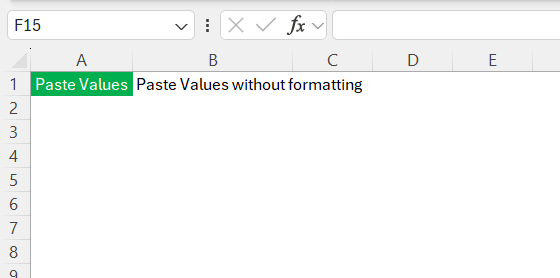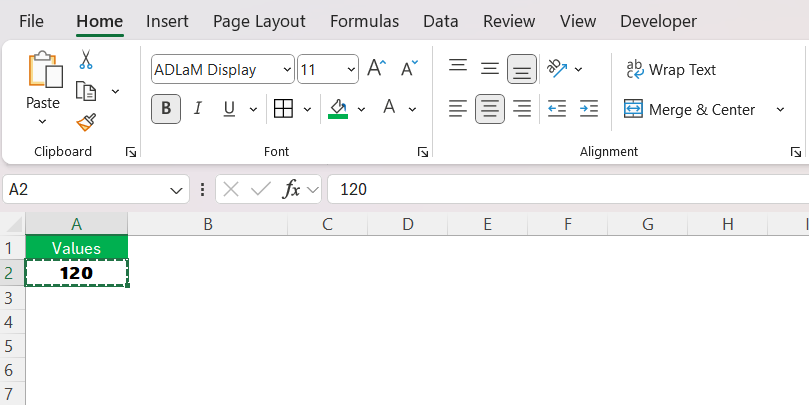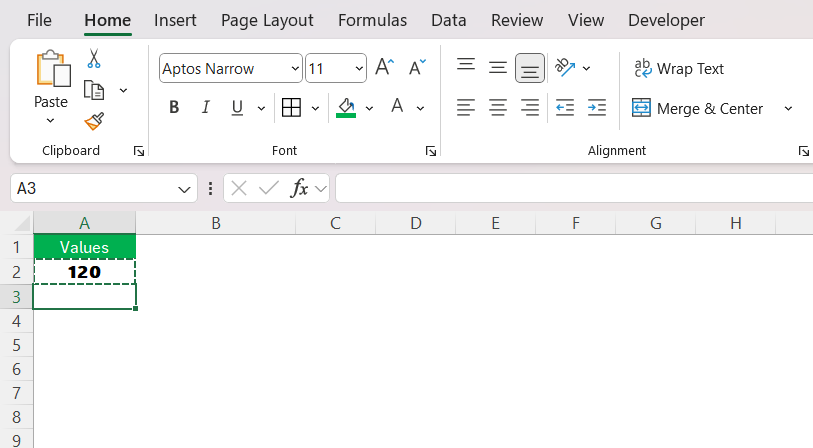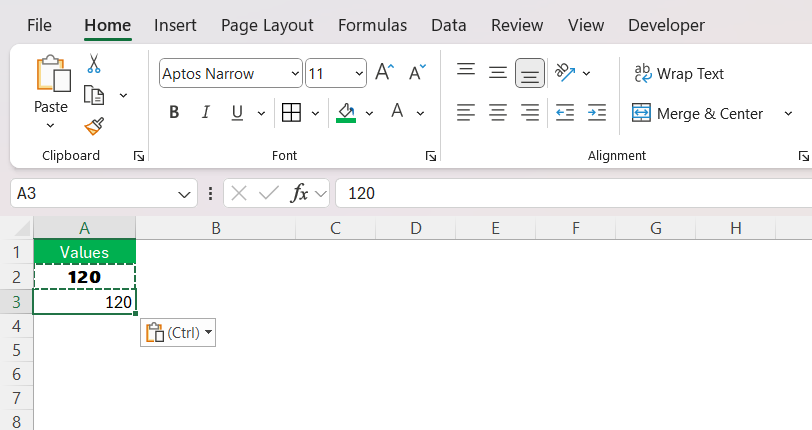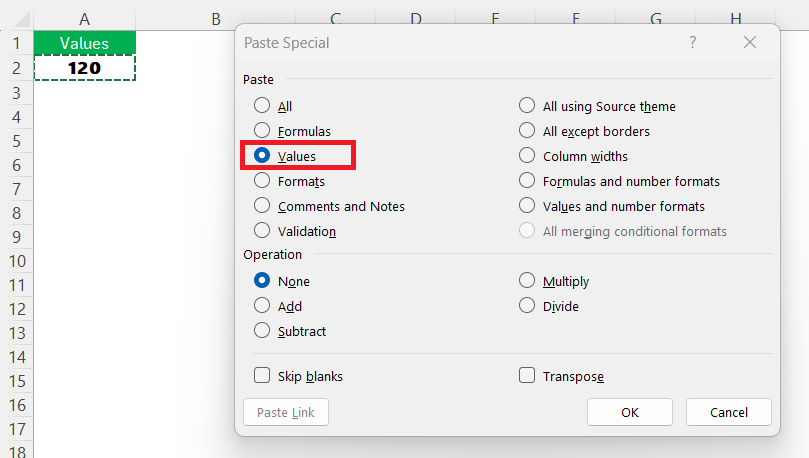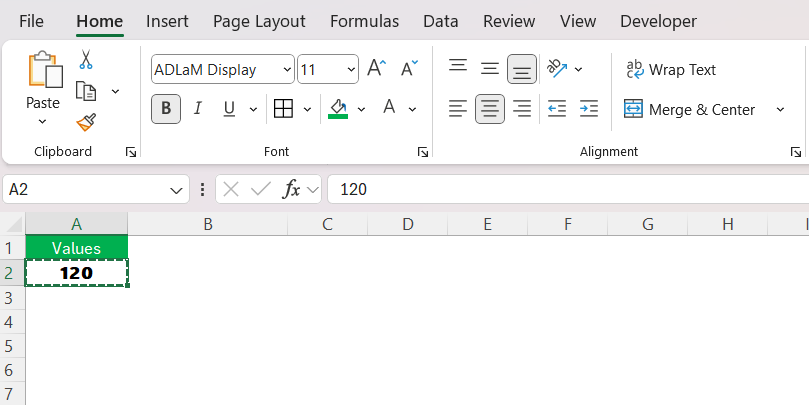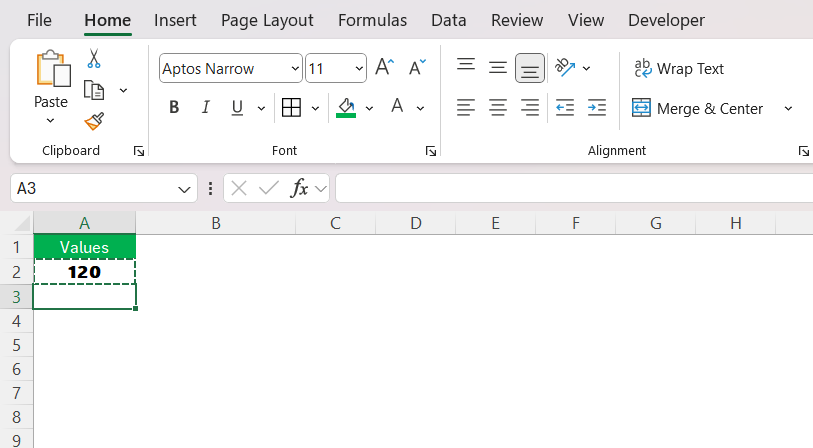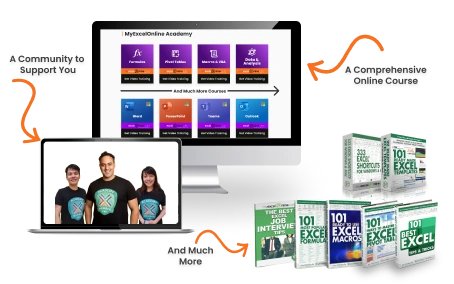Navigating Excel efficiently is crucial for productivity, and understanding shortcuts can significantly enhance your workflow. Among these, the ability to paste without formatting saves time and ensures data consistency, making it an indispensable tool, especially when dealing with diverse data sets. This guide explains how to leverage this feature effectively, empowering you to handle Excel tasks with greater ease.
Key Takeaways:
- Pasting without formatting ensures data consistency by removing unwanted styles from copied content.
- The shortcut Ctrl + Shift + V simplifies the process, making it faster to integrate new data seamlessly.
- Using ‘Paste Special’ or the ‘Paste Values’ button provides alternative ways to paste unformatted data.
- This method improves collaboration by maintaining a uniform format across shared spreadsheets.
- It enhances efficiency in financial modeling and large datasets by preventing unnecessary formatting issues.
Table of Contents
Decoding the Basics of Pasting in Excel
Default Paste vs. Paste Without Formatting
The default paste command in Excel takes everything from the source, including text, formulas, and formatting. This means that when you paste data, it brings along its original appearance, which can sometimes disrupt the formatting of the destination worksheet.
On the other hand, “Paste Without Formatting,” also known as “Paste Special,” pastes only the raw data or text without any associated styles.
This method maintains the integrity of your existing document structure, ensuring seamless integration of new content.
Why Use ‘Paste Without Formatting’?
Using ‘Paste Without Formatting’ offers several distinct advantages in managing data efficiently. First, it helps maintain the existing formatting of your spreadsheet, which is crucial when consistency in styling is critical for visual presentations or reports. Additionally, it prevents unintended overwriting of established cell formats, which could lead to discrepancies in data analysis.
Another essential use is in preserving the functionality of any pre-set formulas or conditions that rely on specific formats. This approach is particularly beneficial when working with data from varied sources, as it allows you to integrate new information seamlessly without disrupting the established layout of your Excel document.
Mastering the Paste Shortcut
The Essential Shortcut Keys
To paste without formatting in Excel, utilize the shortcut key combination: Ctrl + Shift + V. This sequence directs Excel to paste only the text or data, stripping away any formatting attributes like font, color, and borders from the copied material. For those familiar with the ‘Paste Special’ command, accessing it quickly with this shortcut ensures time-saving efficiency while maintaining data integrity.
It’s important to note that this shortcut may vary slightly depending on your version of Excel or operating system, but Ctrl + Shift + V is commonly recognized across most platforms.
Step-by-Step Guide to Pasting without Formatting
Follow these steps to master pasting without formatting in Excel, ensuring a seamless integration of data:
STEP 1: Select the text or values you want to copy. Use the Ctrl + C shortcut to copy the desired content.
STEP 2: Click on the cell where you want the unformatted data to be pasted.
STEP 3: Use the shortcut Ctrl + Shift + V. This will paste the copied data as plain text, omitting any original formatting.
Check the pasted data to ensure it appears in the destination cell’s format rather than adopting the copied content’s style.
Alternative Method: If the shortcut isn’t available on your version, you can manually use the ‘Paste Special’ option by pressing Alt, then H, and then V to open the paste menu. Now, select ‘Values’.
By incorporating these steps into your routine, you streamline the data pasting process while maintaining the original formatting of your Excel sheets.
Using the “Paste Values” Button
Another quick and easy method is to use the “Paste Values” button in the ribbon:
STEP 1: Copy the data.
STEP 2: Click on the destination cell.
STEP 3: Go to the Home tab on the ribbon.
STEP 4: Click the Paste drop-down arrow. Select Values.
This is great when I am already working within the ribbon and want to keep things seamless.
Situational Uses and Scenarios
Streamlining Financial Models
Using ‘Paste Without Formatting’ can greatly streamline financial modeling processes. In financial analysis, consistency in cell formatting is key for clarity and ease of interpretation. When integrating data from various sources, maintaining a uniform format across your spreadsheet ensures that your models remain easy to read and manipulate.
The removal of extraneous formatting often results in leaner and faster spreadsheets, reducing loading times and computational errors. This approach is particularly beneficial for those working with complex models in investment banking and corporate finance, where accuracy and efficiency are paramount
Additionally, it allows for smoother collaboration with teams, as uniform formatting eliminates the confusion of inconsistent presentation styles.
Enhancing Data Collaboration
Enhancing collaboration in data-driven environments is crucial, and using ‘Paste Without Formatting’ contributes significantly to this goal. When multiple team members work on the same Excel file, maintaining a consistent format ensures that everyone interprets the data correctly and efficiently. This reduces misunderstandings and errors, facilitating smooth transitions between different sections of the document.
By pasting data without formatting, you also improve the document’s compatibility with other software and platforms. This is particularly useful in collaborative projects where data might be exported or integrated into various systems. Moreover, it simplifies the process of reviewing and editing shared documents, as team members can focus on content rather than correcting varied formatting styles.
FAQs
What is paste shortcut key?
The paste shortcut key in Excel is Ctrl + V. This command quickly inserts the data you have copied to the clipboard into the selected cell or range. It includes all the formatting, formulas, and content from the source. For pasting without formatting specifically, the shortcut is Ctrl + Shift + V or using the ‘Paste Special’ option.
How do I paste into Excel?
To paste data into Excel, copy the desired content with Ctrl + C, select the destination cell, and press Ctrl + V to paste. This action will insert the copied content along with its formatting. For unformatted pasting, use Ctrl + Shift + V if your Excel version supports it, or access ‘Paste Special’ through the Ribbon for more options.
How do I customize shortcuts in Excel?
To customize shortcuts in Excel, go to ‘File’, then ‘Options’. From there, navigate to ‘Customize Ribbon’ and select ‘Keyboard Shortcuts: Customize’. This opens a dialog where you can assign new shortcuts to commands or change existing ones to suit your needs. Ensure that these customizations do not conflict with essential keyboard functionalities.
What if the shortcut doesn’t work as expected?
If a shortcut doesn’t work as expected, first verify the correct keys are being pressed in the correct sequence. Ensure no conflicting command settings or active macros override your key bindings. Check for version-specific differences in shortcuts and update Excel if necessary. Adjust settings under ‘File’ > ‘Options’ > ‘Customize Ribbon’ to reconfigure or restore default shortcuts.
What is Ctrl +T in Excel?
In Excel, Ctrl + T is the shortcut used to quickly convert a selected range of cells into a Table. This feature provides a structured format that makes data easier to visualize and manage, offering built-in sort and filter options, as well as aesthetic enhancements, such as alternating row colors.
John Michaloudis is a former accountant and finance analyst at General Electric, a Microsoft MVP since 2020, an Amazon #1 bestselling author of 4 Microsoft Excel books and teacher of Microsoft Excel & Office over at his flagship MyExcelOnline Academy Online Course.

